Join Louisiana Simple Living as I show you 6 different “Good” garden practices or things that you do that are not actually helping your plants but actually killing them. This is especially important for beginner gardeners who may not be aware of these practices that could cause harm if not done properly. This is exciting information that gives you great explanations as to why you may be harming your plants while the intention is to try to help them.
#1: Watering Practices
Watering our plants is obviously something that is great to do as our plants couldn’t survive without it. However, the way we water can make a difference as to helping our plant versus hurting our plants.
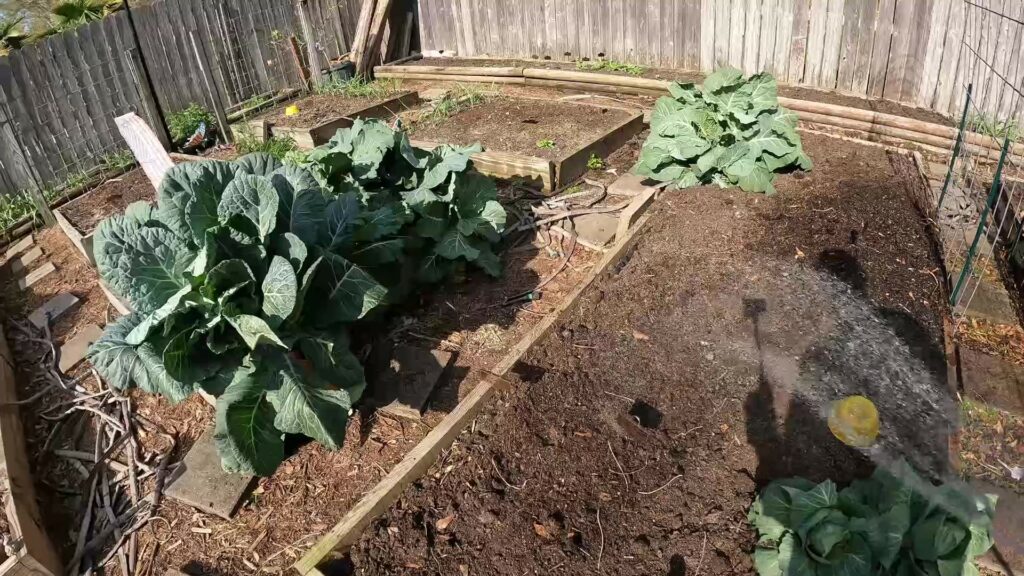
Too Much or Too Little
- The amount of watering a raised bed garden needs varies with the season, climate and weather.
- Raised beds in particular may need more watering in dry weather.
- Plants in raised beds tend to grow more quickly and consume water and nutrients faster.
- This rapid growth, combined with improved soil drainage and increased evaporation from the tops and sides of the bed, means is best to keep an eye on soil moisture levels.
Solution: A good rule of thumb is if the soil feels dry an inch or so below the surface, it’s time to water your raised beds. You can help yourself out by mulching your raised beds as well.
Timing
- The time that we water our plants is also important.
- Plants absorb moisture more effectively in the morning.
- Watering early in the day hydrates plants before the daytime heat.
- It also helps prevent water-borne diseases and pests that can occur if you water your plants at night.
Solution: Water in the morning.
Method
- Overhead watering, especially with a hose, tends to disturb fungi and other soil-borne disease knocking them up onto our plants.
- For example, early and late blight are 2 types of fungi that you see with our tomato plants.
- The fungi spores sit in the soil until water from overhead bounces them up on our plants.
Solution: Use a drip line, weep hose or other method to water your raised beds on the top or right below the surface.
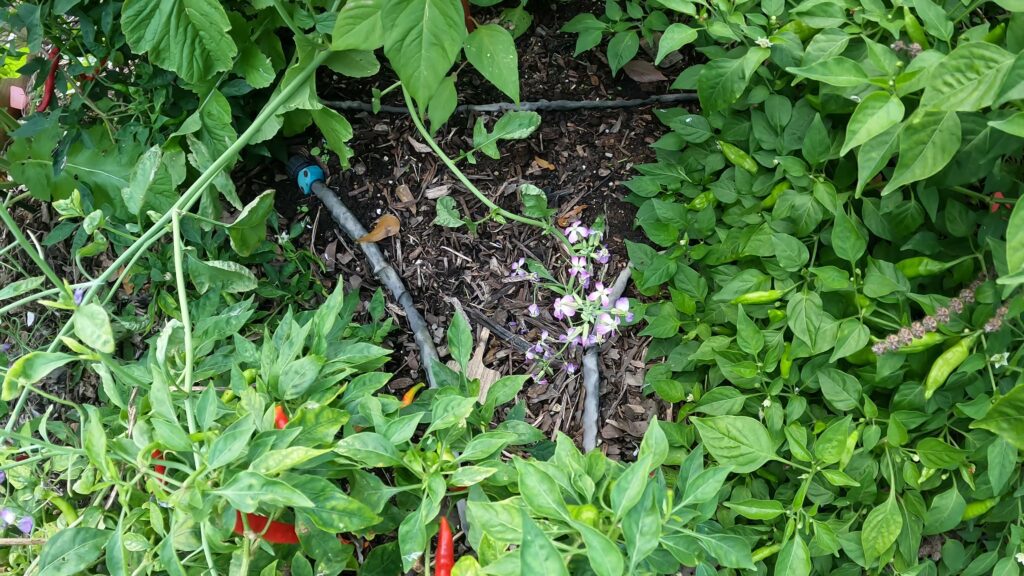
#2: Fertilizing Practices
Our plants need nutrients from time to time. However, how we fertilize or feed our plants can lead to negative effects on our plants.
Burning the Plant
- Many gardeners inadvertently burn or even kill garden plants by using synthetic fertilizers.
- Fresh, non-composted animal manure can have a similar effect so always compost your cow, chicken, or other animals manure before putting it in the garden.
- Fertilizer burn occurs when the use of too much fertilizer, the wrong type of fertilizer, or too little water with a fertilizer cause damage to plants.
- Although fertilizer is used to help a plant grow by providing nutrients, too much will result in excess salt, nitrogen, or ammonia which have adverse effects on a plant.
- This then causes damage the plant’s ability to photosynthesize and respire, causing visible burns.
Solution: Use organic fertilizers where the NPK %’s is lower and follow the concentration requirements on the label.
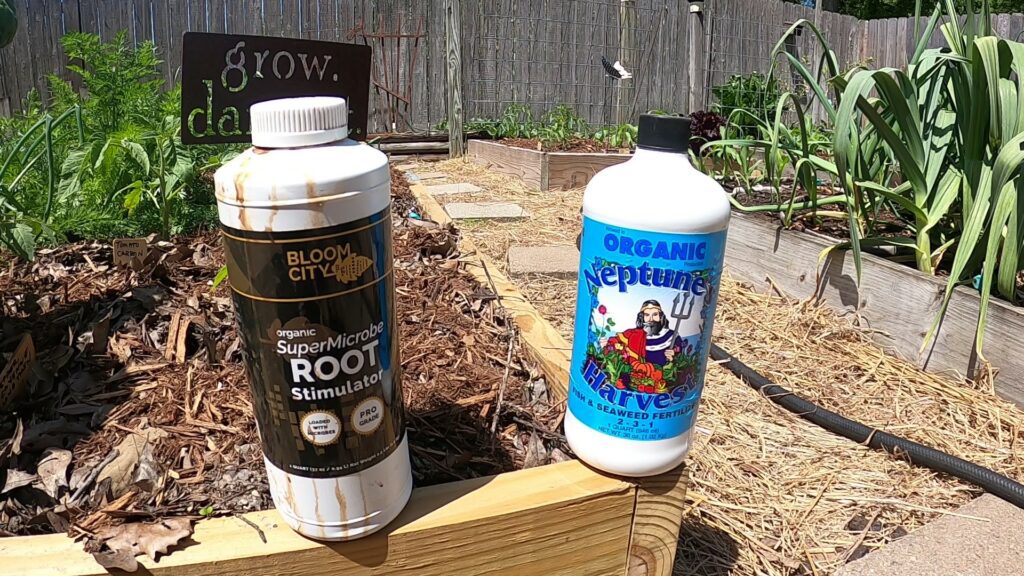
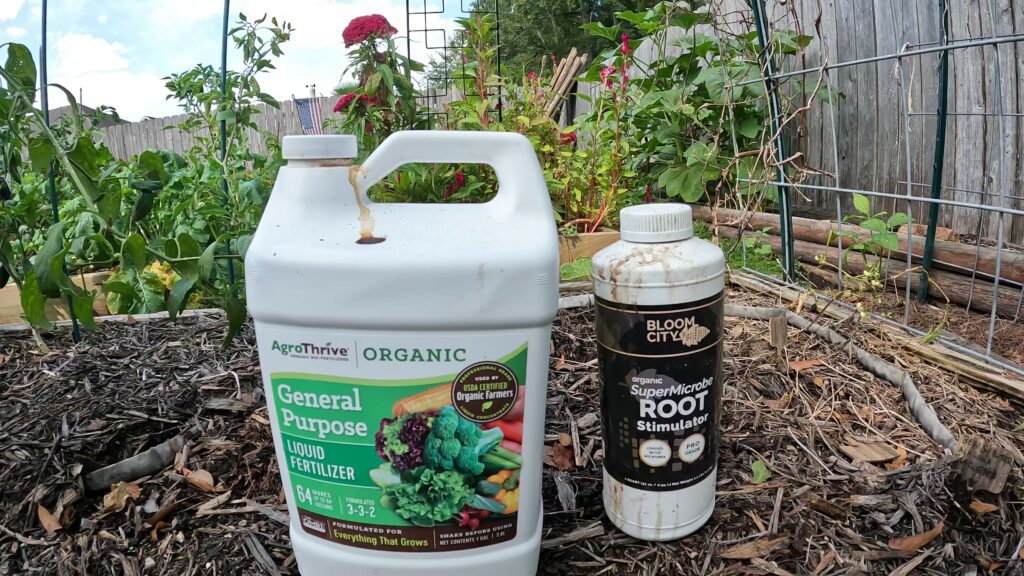
Nitrites Over Time
- The application of fertilizers don’t always stay where they are applied.
- Synthetic fertilizers can cause issues from run-off where nutrients and nitrites migrate into soil and water that don’t need them.
Solution: Use Organic fertilizers such as worm castings or composted organic matter to run-off it not as much of a concern.
#3: Till the Soil
I personally used a tiller when my garden was made up of traditional rows. I remember it beating me up trying to hang on to the tiller. It made me rows but I was frustrated by how poor the soil was year to year, even with amending. So, I made the move to raised beds.
Earthworms
- One of the side effects of tilling is the destruction of all earthworms and their tunnels.
- Earthworms create tunnels, loosening compacted soil and allowing water and nutrients to infiltrate.
- This helps lessen water run-off while also increasing the water-holding capacity of the soil.
- In addition, the loosened soil encourages healthy, extensive plant root systems.
- These tunnels are destroyed using a tiller and so are the earthworms themselves.
Solution: Don’t till, use raised beds. If needed, use a fork to turn the soil if compacted, with as much care as to not kill our fellow farmers, the earthworms.
#4: Location
The location of where you have your raised bed has a big impact on your success in gardening. It may be esthetically looking to place your raised beds under a huge oak tree. The idea is you get some good shade at the end of the day, and won’t be near as hot when working in the garden. However, it may cause problems with your garden success.
Amount of sunlight
- The sun is an essential source of energy and growth for vegetable plants.
- Too little sunlight causes light green foliage, lack of production, and typically lanky stalks as the plants try to access more light.
- Weak plants are more susceptible to disease and pests.
- As a general rule, plants with edible roots and leaves can tolerate more shade than those that produce edible fruits. However, even these will grow more slowly with less sun. Seed packages often say plant in full sunlight, but what does that mean?
- Full sun = no shade for at least six to eight hours.
- Partial shade = the filtered shade under a high tree, less than six hours direct sun
- Full shade = this area gets no direct sun or less than two hours.
Solution: Think about the amount of sun needed for your plants and plant them accordingly.
Drainage
- Your raised beds allows for better drainage than a traditional row garden.
- However, be mindful of where you place you garden to ensure you do get good drainage.
Solution: Don’t put your raised bed garden in a low spot where water gathers. This will effect the raised bed’s ability to drain.
#5: Pesticide Practice
You see some aphids or caterpillars on a plant or two. You want to go ahead and sprinkle some Sevin dust or spray some other pesticide on the plant. Heck, while were at it, we ought to go ahead and dust or spray all your plants just in case pests get on them as well. Next thing we know, there are no pollinators coming to our garden.
- What we did by proactively applying pesticide to everything is we killed a bunch of our bees and other pollinators meaning no vegetables.
- If the flowers are not pollinated, we get no produce.
Solution: Be proactive and identify any pests by doing a daily inspection of your plants, before they become an infestation. In addition, use organic pesticides like Neem Oil and BT. Even with organic pesticides, be smart and don’t directly spray pollinators but otherwise they will be fine.
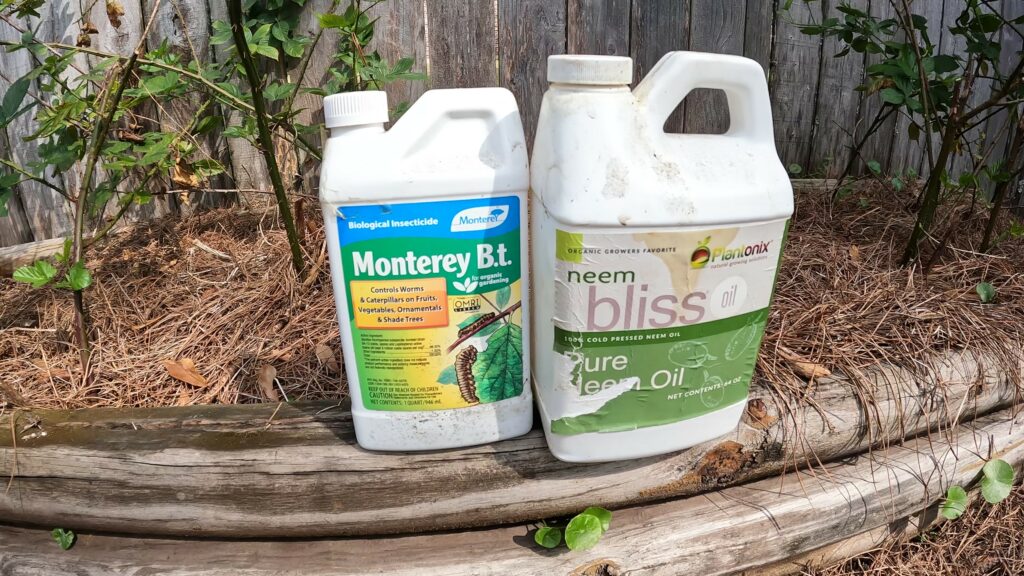
#6: Pets and how they interact in our Garden
Our pets own the backyard, which means if you’ve got a backyard garden, they own that too. For example, my two dogs, Croix and Roux, have a bad habit of occasionally taking a shortcut over the top of a raised bed and at times will leave me a surprise as well. That can compress the soil and also get some plants stepped on. In addition, some flowers and vegetables are toxice to our pets. For example, solanine is found in tomato plants can be toxic to dogs and cats.
Solution: Train your pets early on to leave your garden alone. Be observant while they are in the garden area to help police any bad behavior while you pets are running around and ensure they are not getting into any toxic plants. Final defense is to build a gate around it.
Summary
There are many reasons for starting a garden and the benefits are tremendous. Consider starting a raised bed or container garden in your backyard to improve your mental and physical health. It’s truly worth it! Keep in mind though that some of the practices or things you are doing may possibly be bad for your plants so make sure you research and ensure what you do to your garden and plants is truly beneficial in the long term for your garden.
In the post, I’m going to summarize the contents of the above video. There are 6 different “good” practices or, actions with the right intentions, that may end up damaging or even killing your plants.
Also, don’t forget to go and review my Spring Garden Planning Checklist to ensure you have a bountiful Spring harvest!! Another excellent post to help you better understand what plants will thrive is What Zone is Louisiana for Plants.
So, get out in your backyard and grow something.
Best Regards,
Darrell.

Great reminders for all us older gardeners who forget the basics